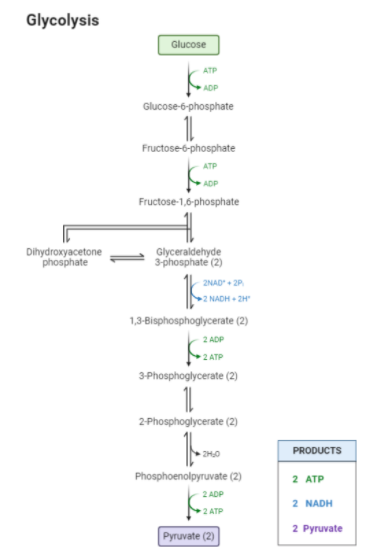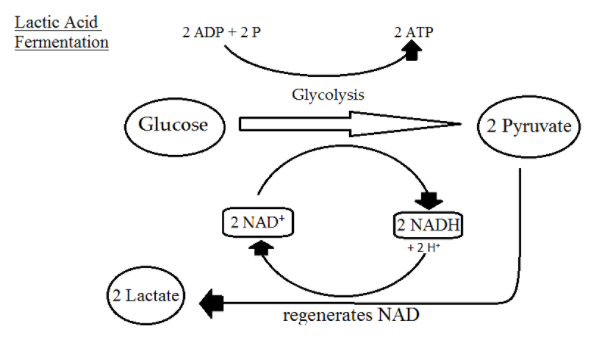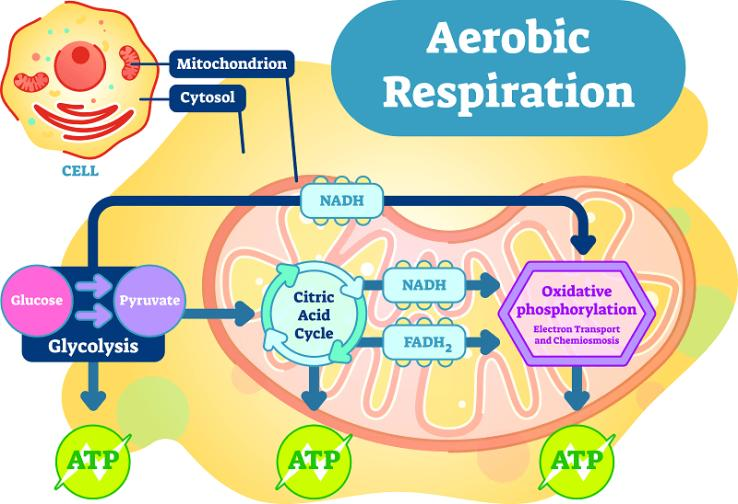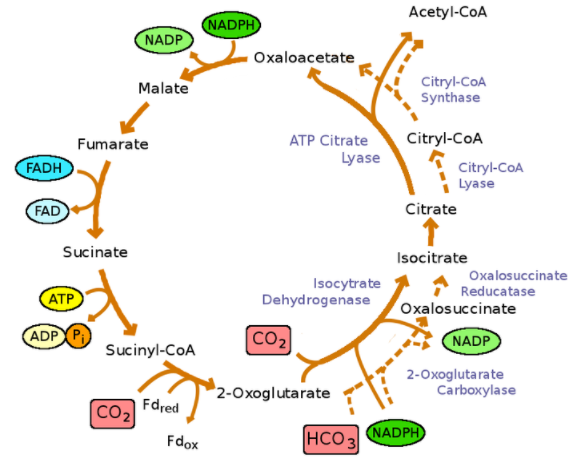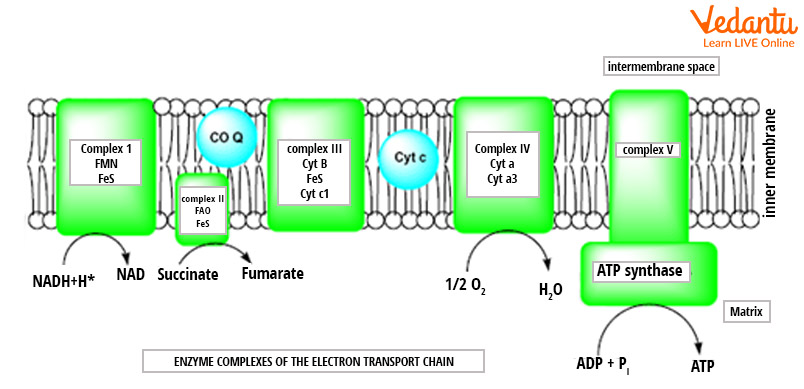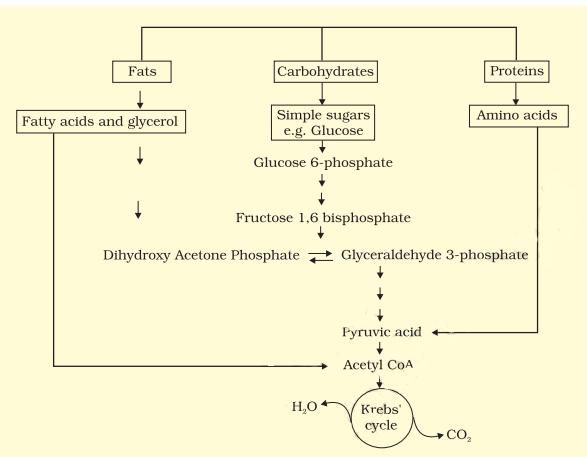Biology Notes for Chapter 12 Respiration In Plants Class 11 - FREE PDF Download
FAQs on Respiration In Plants Class 11 Biology Chapter 12 CBSE Notes - 2025-26
1. What are the key concepts summarised in the Class 11 Biology Chapter 12 Respiration in Plants Revision Notes?
The Respiration in Plants Class 11 Notes highlight core topics such as glycolysis, Krebs cycle (citric acid cycle), oxidative phosphorylation, differences between aerobic and anaerobic respiration, and the concept of the respiratory quotient (RQ). These notes present each concept in a stepwise manner for quick revision and understanding, supporting the CBSE 2025–26 curriculum.
2. How should students structure their revision using Chapter 12 Respiration in Plants Notes?
To revise effectively, begin with fundamental terms and process maps—first, understand the flow of respiration (glycolysis → link reaction → Krebs cycle → electron transport chain). Next, create quick summaries for each step, then connect concepts like the amphibolic pathway and RQ. Frequent self-quizzing and diagram-based revision improve memory retention and concept interlinking.
3. What is the significance of the respiratory quotient (RQ) for quick revision?
Respiratory quotient (RQ) is the ratio of carbon dioxide produced to oxygen consumed during cellular respiration. It aids in quickly determining which substrate (carbohydrate, fat, or protein) is being utilised for respiration. For example, RQ is typically 1 for carbohydrates and less than 1 for fats, making it a key parameter to remember for short-answer questions.
4. Which revision strategies are recommended for mastering the Respiration in Plants chapter?
Recommended strategies include:
- Condense information into concept maps and flowcharts.
- Use diagrams to visualise processes like glycolysis and the Krebs cycle.
- Make a list of key terms and definitions for quick review.
- Regularly attempt previous years’ questions to check conceptual clarity.
- Revise differences between aerobic and anaerobic respiration, and practice balance sheets of ATP generation.
5. Why is understanding the amphibolic pathway important for Class 11 revision?
The amphibolic pathway concept explains how cellular respiration (especially the Krebs cycle) serves both in breaking down molecules for energy (catabolic) and providing intermediates for biosynthesis (anabolic). This dual role is a high-order thinking skill in CBSE and aids in linking metabolism-related topics for systematic revision and application-based questions.
6. How do Class 11 Biology Respiration in Plants Notes help in connecting concepts across other chapters?
Respiration links to topics like photosynthesis (via the use and production of gases), biomolecules (as substrates/enzymes), and plant growth. Understanding its steps and regulation provides a quick reference bridge for interconnected chapters, ensuring a holistic view for board or entrance exams.
7. What concise tips are suggested for last-minute revision of Respiration in Plants?
Focus on:
- Key process diagrams (e.g., EMP pathway of glycolysis)
- Comparison tables for aerobic vs. anaerobic respiration
- Memorising the net gain of ATP at each stage
- One-line definitions for terms like glycolysis, link reaction, RQ, and fermentation
- Reviewing mistakes from self-attempted mock tests to avoid concept traps
8. What are common misconceptions students should avoid when revising Respiration in Plants?
Key misconceptions to avoid:
- Assuming plants only respire at night—they respire continuously.
- Confusing photosynthesis with respiration; respiration occurs in all plant cells, not just green tissues.
- Thinking all steps occur in the same cell compartment—know that glycolysis is cytoplasmic, Krebs cycle and ETS are mitochondrial.
- Believing RQ is always 1—review how substrates affect the value.
9. How can concept mapping help during quick revision of this chapter?
Creating concept maps allows students to visualise the flow of substrates, key enzymes, energy gain (ATP), and the relationship between pathways. This helps consolidate fragmented facts, reduces confusion, and prepares students for higher-order questions by demonstrating interconnections between processes.
10. What should students focus on while preparing concise revision notes for Respiration in Plants?
Emphasise the main stages of respiration with their locations, products, and importance. Note important enzymes, ATP calculations, and RQ values. Include key differences between types of respiration and the significance of the amphibolic pathway. Short, bullet-pointed notes improve recall and help prioritise revision during exams.

























